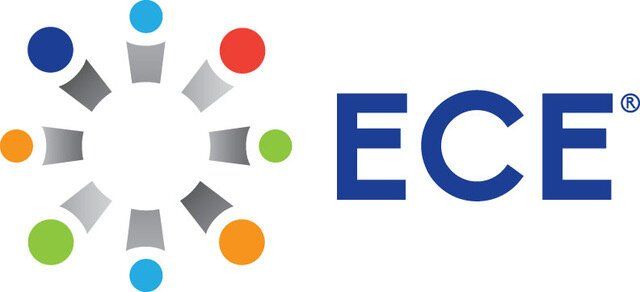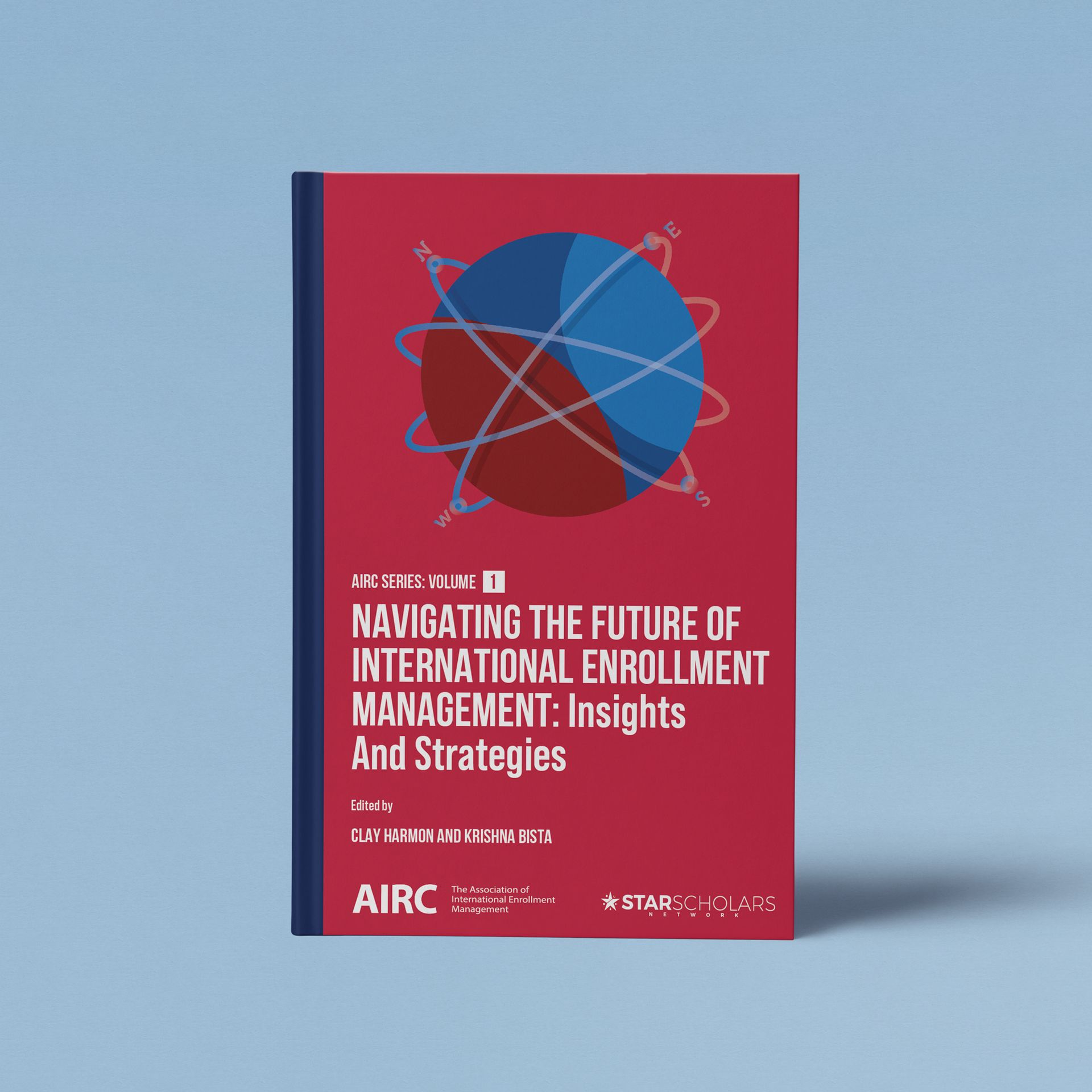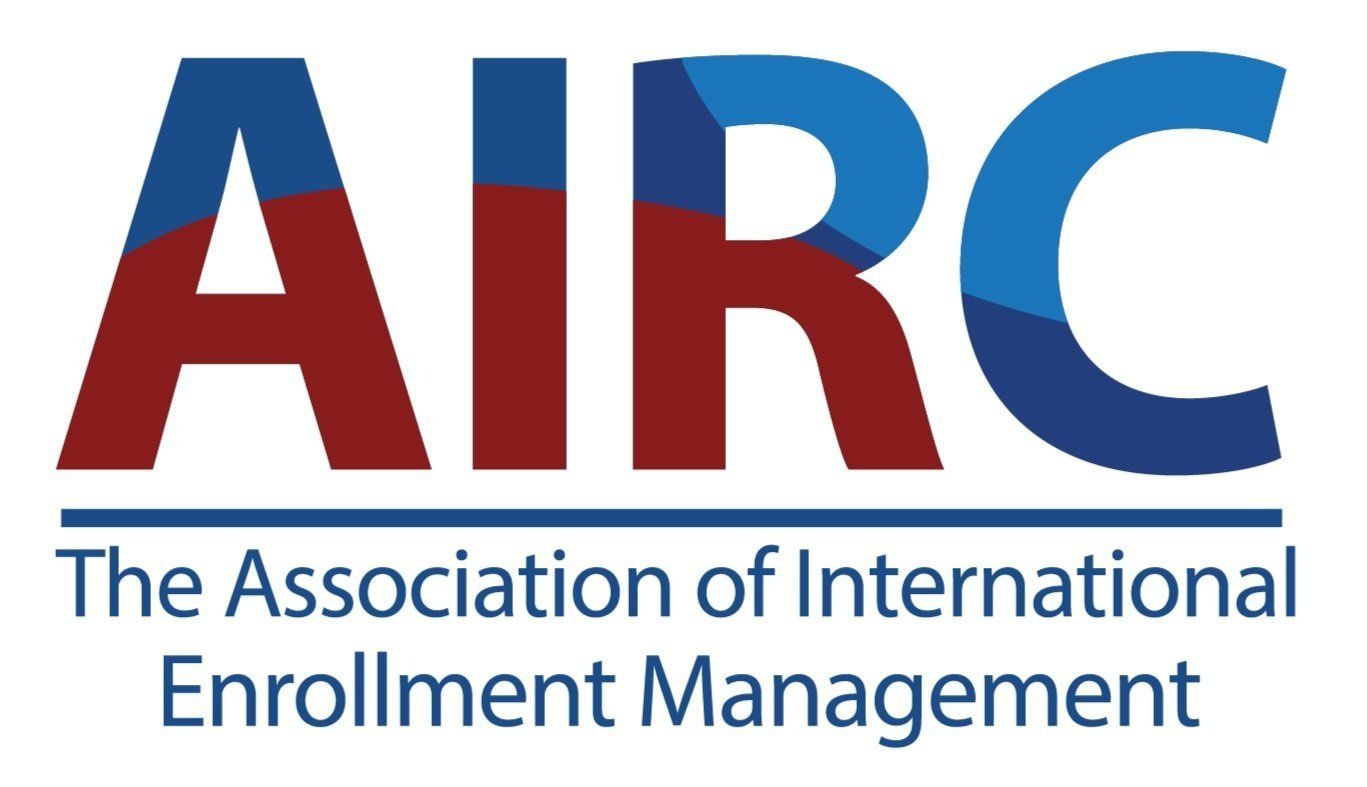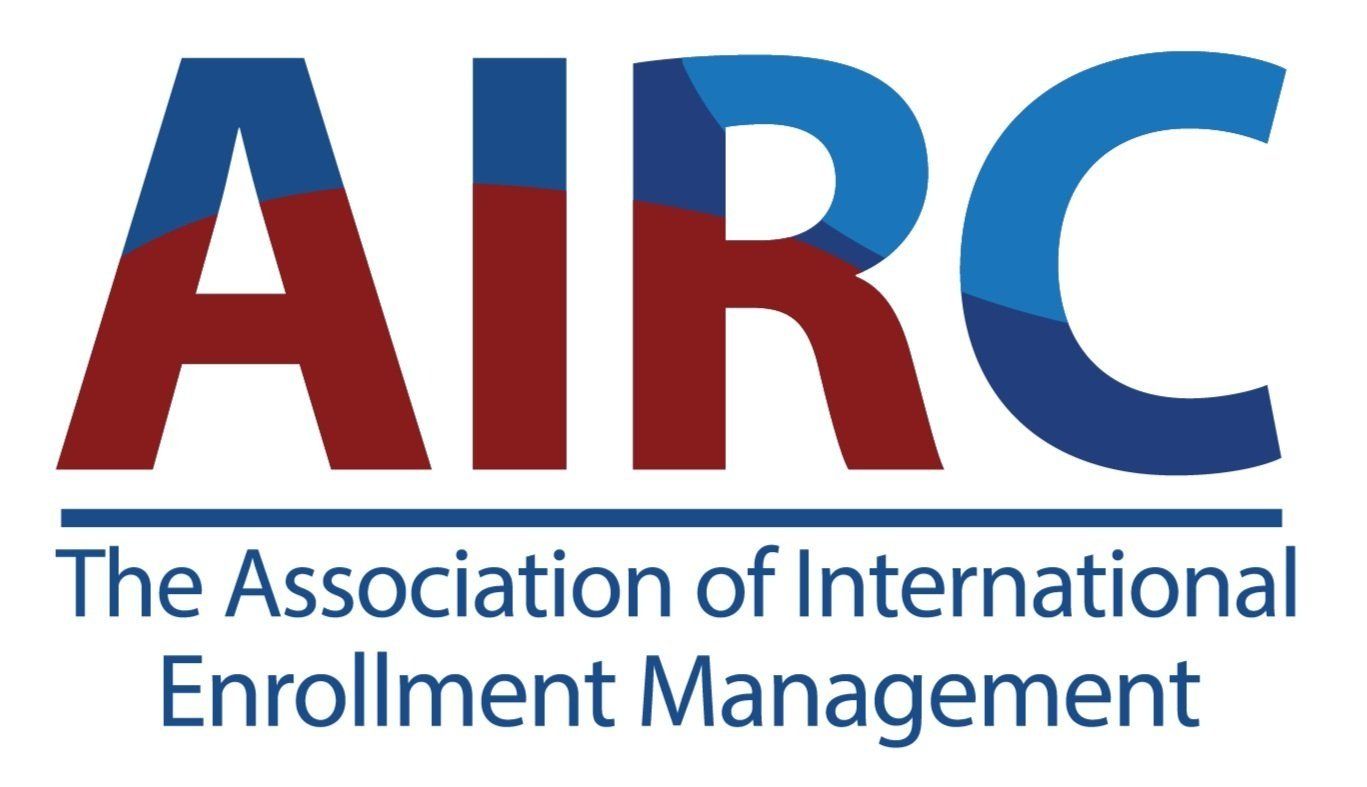International Students' Interest in Top Study Destinations Remains Strong
The past two years have seen major changes across the international education sector, yet demand from future students remains high. In fact, international student advisors from 40 countries shared in the most recent ApplyBoard Recruitment Partner Pulse Survey (1) that, despite shifting policies, international students remained dedicated to their academic goals.
Read on to learn which factors are currently affecting future students' destination decisions, how interest levels and student perceptions are changing, and which study destinations are top-of-mind.
The UK, Canada, and the US Remain the Most Attractive Study Abroad Options
When asked how attractive different destinations were to their students, the US was a compelling option for many respondents.
67% said their students thought the US was a 'very attractive' or 'attractive' option:
The US was not alone in experiencing shifting student impressions. Positive perception of Canada improved by 3 percentage points since ApplyBoard’s Spring 2025 survey, although Canada’s overall perception remained lower than in Fall 2024. The UK retained its spot as the most attractive destination among survey respondents, but its reported attractiveness also dropped by 5 percentage points from Spring 2025.
Other destinations' attractiveness levels improved year-over-year, capturing some of this shifting attention. Australia's reported attractiveness was up by 9 percentage points versus Fall 2024. Likewise, 60% of respondents found Germany an attractive destination in this edition of the survey, rising by 7 percentage points from 53% in Fall 2024. Meanwhile, 50% of respondents found Ireland attractive in both Fall and Spring 2025, up from 42% in Fall 2024.
Perception of the US Shifts Amid Ongoing Policy Updates
When asked how welcoming a destination is toward international students, the UK again kept its top spot from the Spring 2025 Pulse Survey. While the release of the UK government's White Paper on immigration has the broader sector monitoring future changes, the UK's welcoming rhetoric and recent policy stability mean many see the UK as a great place to send students.
Meanwhile, participants' answers relating to the US showed significant change from Spring 2025:
Only 50% of survey respondents agreed the US was an open, safe, and welcoming destination for international students in Fall 2025. This marks a drop of 24 percentage points from Spring 2025 survey results (2). By comparison, 31% of respondents had a neutral outlook on this statement and 19% disagreed (3).
Several factors likely contribute to this shift in perception, including the US government's downsizing of the Department of Education, revoking hundreds of international student visas earlier this year (4), and pausing new student visa application interviews through May and June—some of the busiest months for visa applications—to add higher levels of scrutiny.
That said, more polarized views on destination countries expanded beyond the US. The number of respondents who
strongly disagreed that a given destination was open, safe, and welcoming grew for all six destinations in Fall 2025
versus Spring 2025.
Increased Interest in Diverse Study Destinations
Nearly three out of every four respondents to the Fall 2025 Pulse Survey noted their students were considering destinations beyond the Big Four, Germany, and Ireland:
This fall, New Zealand was the most popular alternative destination among survey respondents, jumping up from third place in our previous survey (5). 21% of respondents noted their students were interested in the diverse study opportunities, laid-back culture, and beautiful cities and wild spaces that New Zealand has to offer. This level of interest nearly doubled versus ApplyBoard's Spring 2025 survey findings.
Elsewhere, France shifted from first to second place among respondents, even though overall interest in studying France rose four percentage points to 20%. New Zealand’s rise also meant that Finland dropped to third, while Malta and Spain rounded out the five most popular alternative destinations.
Meanwhile, interest in the United Arab Emirates (UAE) grew to 6% of respondents. Interest in the UAE rose past Singapore, as did mainland China, in this survey. Several respondents also noted they’re supporting students interested in Japan, South Korea, and Malaysia, demonstrating rising student interest in destinations across Asia.
Overall Interest in Studying Abroad Stabilizes
Survey results also showed demand isn't slowing down when it comes to overall student interest levels. For the first time since Fall 2023, over 20% of student advisors shared they'd worked with significantly more students quarter-over-quarter:
Looking at engagement levels, it's encouraging that a higher number of advisors are reporting strengthening student demand year-over-year.
Affordability Top of Mind for International Students
The survey also asked which factors contributed most heavily to study destination decisions. In Fall 2025, four of the top five drivers were related to students' financial capacity (6):
While "cost of studying" remains the most common priority among prospective international students, it's worth noting that more respondents cited it as a key driver than ever before.
As the cost of living rises, budget-conscious students may consider less expensive communities or prioritize programs that prepare them directly for in-demand careers. Institutions that promote these programs (or branch campuses) effectively, while illustrating which post-study opportunities students are eligible for, can attract future leaders to their campuses.
This aligns with what one advisor shared around program trends:
“By 2026, I anticipate several noticeable trends among students’ study interests and choices. First, there will likely be a stronger demand for programs in STEM fields, particularly Data Science, Artificial Intelligence, Cybersecurity, Renewable Energy, and Engineering, as these are directly tied to global job market demands. At the same time, Health Sciences (such as Nursing, Public Health, and Biotechnology) will continue to attract attention due to increasing worldwide emphasis on healthcare systems.”
"Return on Education" Highest in the US, Australia, and Canada
Despite the considerable investment required to study abroad, many respondents agreed that students who completed programs in popular study destinations had a high return on their (education) investment:
77% of respondents either agreed or strongly agreed that international students in the US were successful and found good jobs, ultimately benefitting from the experience. This is the third-highest ratio among the six destinations featured, surpassing return-on-education outlooks for the UK, Germany, and Ireland.
Given the need for STEM graduates in the US and worldwide, a major advantage that US-based colleges and universities have for attracting the brightest student minds is the chance for students to leverage their learnings in Optional Practical Training (OPT). These post-study programs bring fresh perspectives and tech savvy into American businesses, while also driving innovation.
Highlighting the positive effects programs like these have on your local community and economy helps to illustrate their importance to both domestic and international audiences, in turn helping to ensure that programs like OPT can run for years to come.
What These Survey Results Mean for US Institutions
Thanks to the feedback from student advisors worldwide, ApplyBoard's Recruitment Partner Pulse Survey is a helpful check-in on the international education sector. It offers timely insights into what prospective students are thinking about, and what their advisors are hearing day-by-day.
For American institutions looking to build their international student population, adapting to shifting student preferences is vital. Here are some ideas for supporting student success:
- In an era of diversified student choice, academic institutions must promote their differentiating features, especially ones related to improving access and affordability. These could include scholarships for international students, guaranteed on-campus housing (including family-friendly options), access to a public or campus-provided health plan, or external financial assistance opportunities.
- 2025 has been a year of intense change and students may be considering different options or deferring their enrollment. To boost retention, it’s important for institutions to keep open lines of communication around current events and policy changes, and provide official links to key info like student visa guidelines or academic calendars. Helping students feel like they’re part of the campus community before arrival can make them more likely to follow through with their enrollment.
- Highlight specific opportunities through your institution’s relationships with industry, or research programs with notable achievements or faculty. Have strong graduate employment rates or robust co-ops? Share those in admissions materials so students can imagine their path from study program to dream career.
For an in-depth look at how your team can effectively navigate the evolving international education sector, stay tuned for ApplyBoard's 2026 Trends Report. It will launch during International Education Week in November.
About ApplyBoard
ApplyBoard has empowered more than 1 million students from over 150 countries to access global education since 2015. Driven by its mission to unlock the potential of students everywhere, ApplyBoard simplifies the international education journey by connecting students to over 1,500 institutions across Canada, the United States, the United Kingdom, Australia, Germany, and Ireland. To learn more, visit www.applyboard.com.
--
(1) The ApplyBoard Fall 2025 Recruitment Partner Pulse Survey ran from August 19, 2025, to September 2, 2025. It received 385 responses from individuals in 40 countries.
(2) This includes respondents who "agreed" or "strongly agreed" the US was an open, safe, and welcoming destination.
(3) Here, "disagreed" refers to respondents who "disagreed" or "strongly disagreed."
(4) Inside Higher Education, "Where Students Have Had Their Visas Revoked." April 7, 2025.
(5) This open-ended question allowed respondents to share the names of multiple destinations.
(6) "Cost of living" as a discrete factor was added in the Fall 2025 survey. Prior to that survey, it fit under "cost of studying." This question had 10 different options to choose from.










